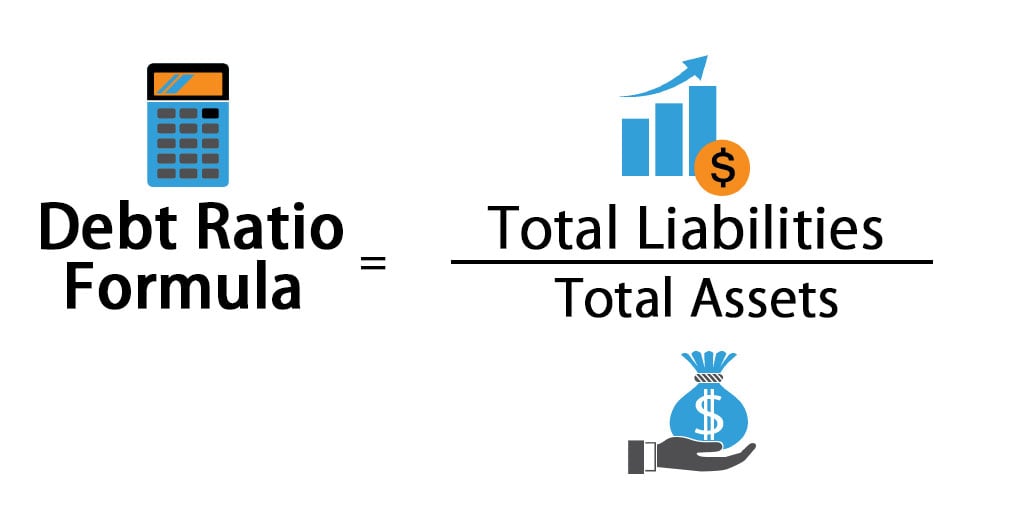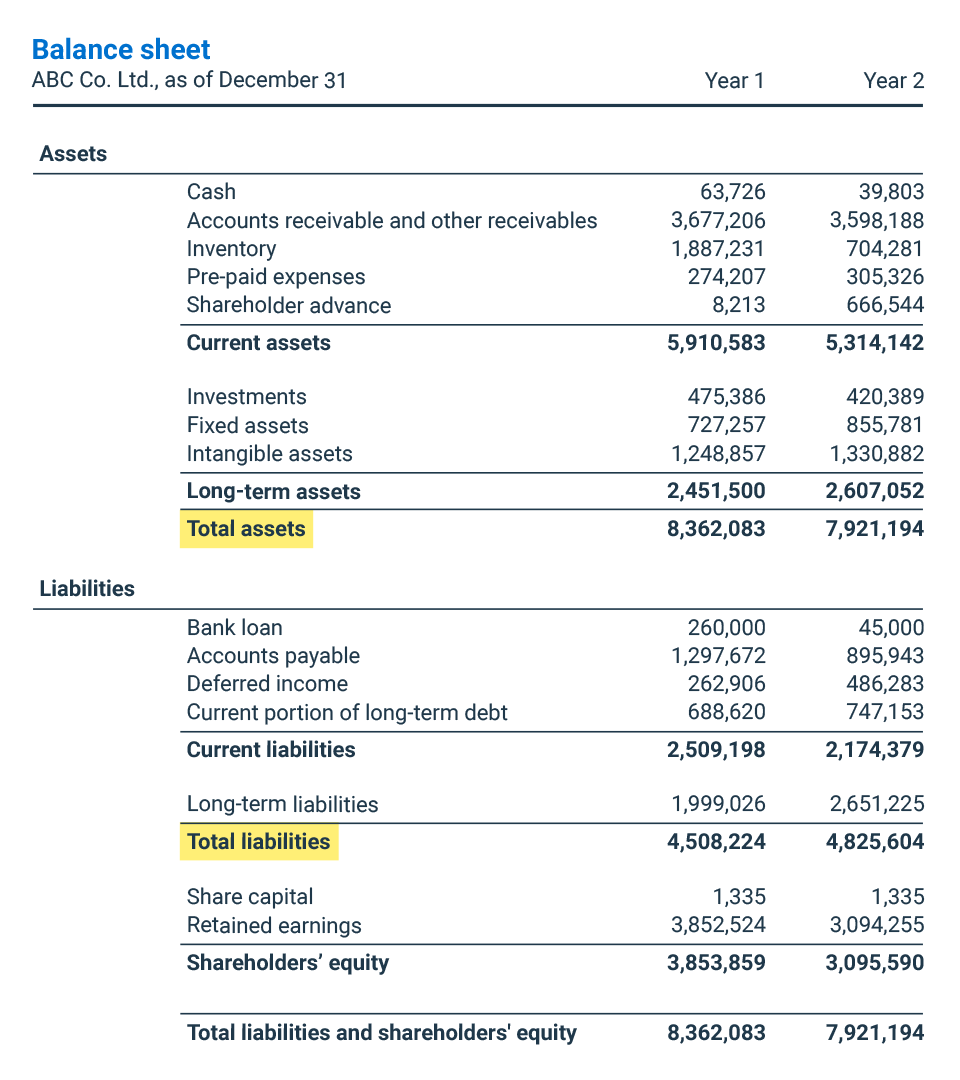Debt-to-Equity Ratio: calculation, benchmark

This could mean that investors don’t want to fund the business operations because the company isn’t performing well. Lack of performance might also be the reason why the company is seeking out extra debt financing. Each industry has different debt to equity ratio benchmarks, as some industries tend to use more debt financing than others. A debt ratio of .5 means that there are half as many liabilities than there is equity. In other words, the assets of the company are funded 2-to-1 by investors to creditors. This means that investors own 66.6 cents of every dollar of company assets while creditors only own 33.3 cents on the dollar.
Date and Time Calculators
For example, asset-heavy industries such as utilities and transportation tend to have higher D/E ratios because their business models require more debt to finance their large capital expenditures. Tesla had total liabilities of $30,548,000 and total shareholders’ equity of $30,189,000. In general, if a company’s D/E ratio is too high, that signals that the company is at risk of financial distress (i.e. at risk of being unable to meet required debt obligations). This ratio compares a company’s equity to its assets, showing how much of the company’s assets are funded by equity. The debt-to-equity ratio belongs to a family of ratios that investors can use to help them evaluate companies. If earnings don’t outpace the debt’s cost, then shareholders may lose and stock prices may fall.
- Essentially, the company is leveraging debt financing because its available capital is inadequate.
- Different industries have varying capital requirements and growth patterns, meaning that a D/E ratio that is typical in one sector might be alarming in another.
- A higher debt to equity ratio indicates that more creditor financing (bank loans) is used than investor financing (shareholders).
- From Year 1 to Year 5, the D/E ratio increases each year until reaching 1.0x in the final projection period.
- For instance, utility companies often exhibit high D/E ratios due to their capital-intensive nature and steady income streams.
What is the Debt to Equity Ratio Formula?
This is helpful in analyzing a single company over a period of time and can be used when comparing similar companies. It is important to note that the D/E ratio is one of the ratios that should not be looked at in isolation but with other ratios and performance indicators to give a holistic view of the company. A good D/E ratio of one industry may be a bad ratio in another and vice versa.
What Does It Mean for a Debt-to-Equity Ratio to Be Negative?
First, using the company balance sheet, pull the total debt amount and the total shareholder equity amount, and enter these numbers into adjacent cells (e.g. E2 and E3). Current liabilities are the debts that a company will typically pay off within the year, including accounts payable. The term “leverage” reflects the hope that the company will be able to use a relatively small amount of debt to boost its growth and earnings.
Calculation (formula)

This tells us that Company A appears to be in better short-term financial health than Company B since its quick assets can meet its current debt obligations. The D/E ratio of a company can be calculated by dividing its total liabilities by its total shareholder equity. If preferred stock appears on the debt side of the equation, a company’s debt-to-equity ratio may look riskier.
Debt-to-Equity (D/E) Ratio: Definition, Calculation, Importance & Limitations
You can invest in stocks, exchange-traded funds (ETFs), mutual funds, alternative funds, and more. SoFi doesn’t charge commissions, but other fees apply (full fee disclosure here). So in the case of deciding whether to invest in IPO stock, it’s important for investors to consider debt when deciding whether they want to buy IPO stock. In order to calculate the debt-to-equity ratio, you need to understand both components. Average values for the ratio can be found in our industry benchmarking reference book – debt-to-equity ratio. Currency fluctuations can affect the ratio for companies operating in multiple countries.
An increase in the D/E ratio can be a sign that a company is taking on too much debt and may not be able to generate enough cash flow to cover its obligations. However, industries may have an increase in the D/E ratio due to the nature of their business. For example, capital-intensive companies such as utilities and manufacturers tend to have higher D/E ratios than other companies. The debt-to-equity ratio is one of the most important financial ratios that companies use to assess their financial health. It provides insights into a company’s leverage, which is the amount of debt a company has relative to its equity. Basically, the more business operations rely on borrowed money, the higher the risk of bankruptcy if the company hits hard times.
As a highly regulated industry making large investments typically at a stable rate of return and generating a steady income stream, utilities borrow heavily and relatively cheaply. High leverage ratios in slow-growth industries with stable income represent an efficient spotify for public or commercial use use of capital. Companies in the consumer staples sector tend to have high D/E ratios for similar reasons. Companies can manage their Debt to Equity ratio by controlling debt levels and increasing equity through retained earnings or issuing new shares.
These assets include cash and cash equivalents, marketable securities, and net accounts receivable. The cash ratio compares the cash and other liquid assets of a company to its current liability. This method is stricter and more conservative since it only measures cash and cash equivalents and other liquid assets. On the other hand, when a company sells equity, it gives up a portion of its ownership stake in the business.
As well, companies with D/E ratios lower than their industry average might be seen as favorable to lenders and investors. This number can tell you a lot about a company’s financial health and how it’s managing its money. Whether you’re an investor deciding where to put your money or a business owner trying to improve your operations, this number is crucial.
For companies that aren’t growing or are in financial distress, the D/E ratio can be written into debt covenants when the company borrows money, limiting the amount of debt issued. When making comparisons between companies in the same industry, a high D/E ratio indicates a heavier reliance on debt. For instance, if Company A has $50,000 in cash and $70,000 in short-term debt, which means that the company is not well placed to settle its debts.

